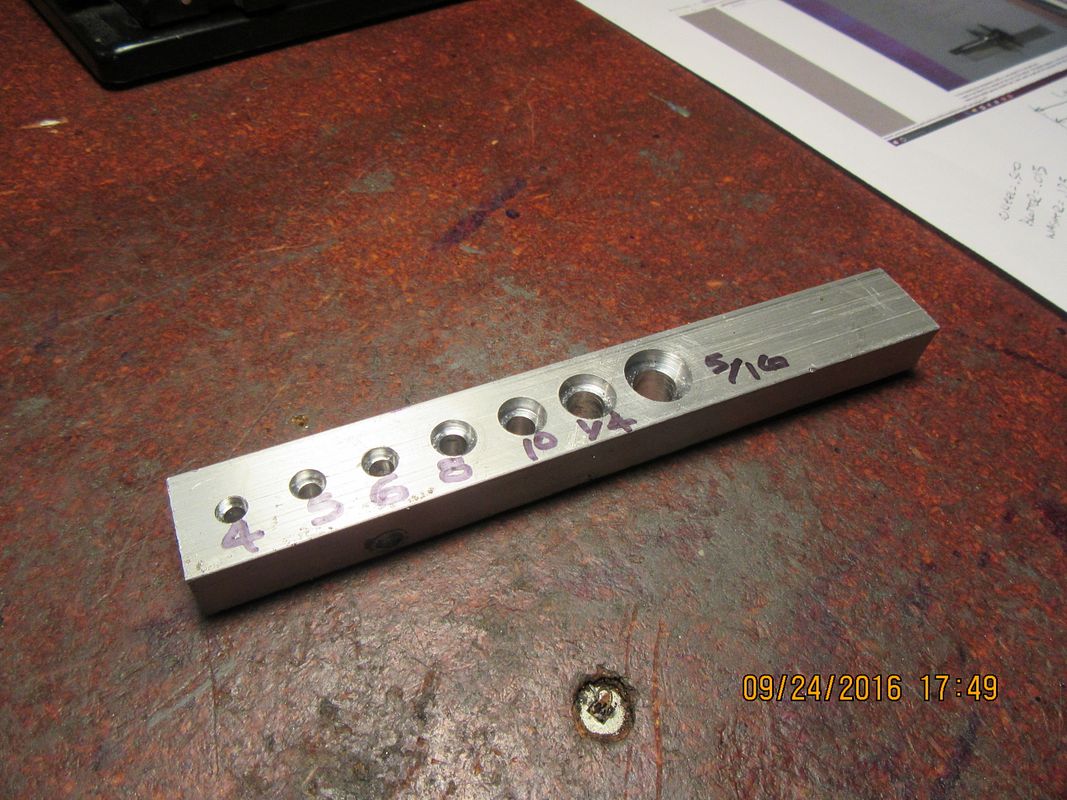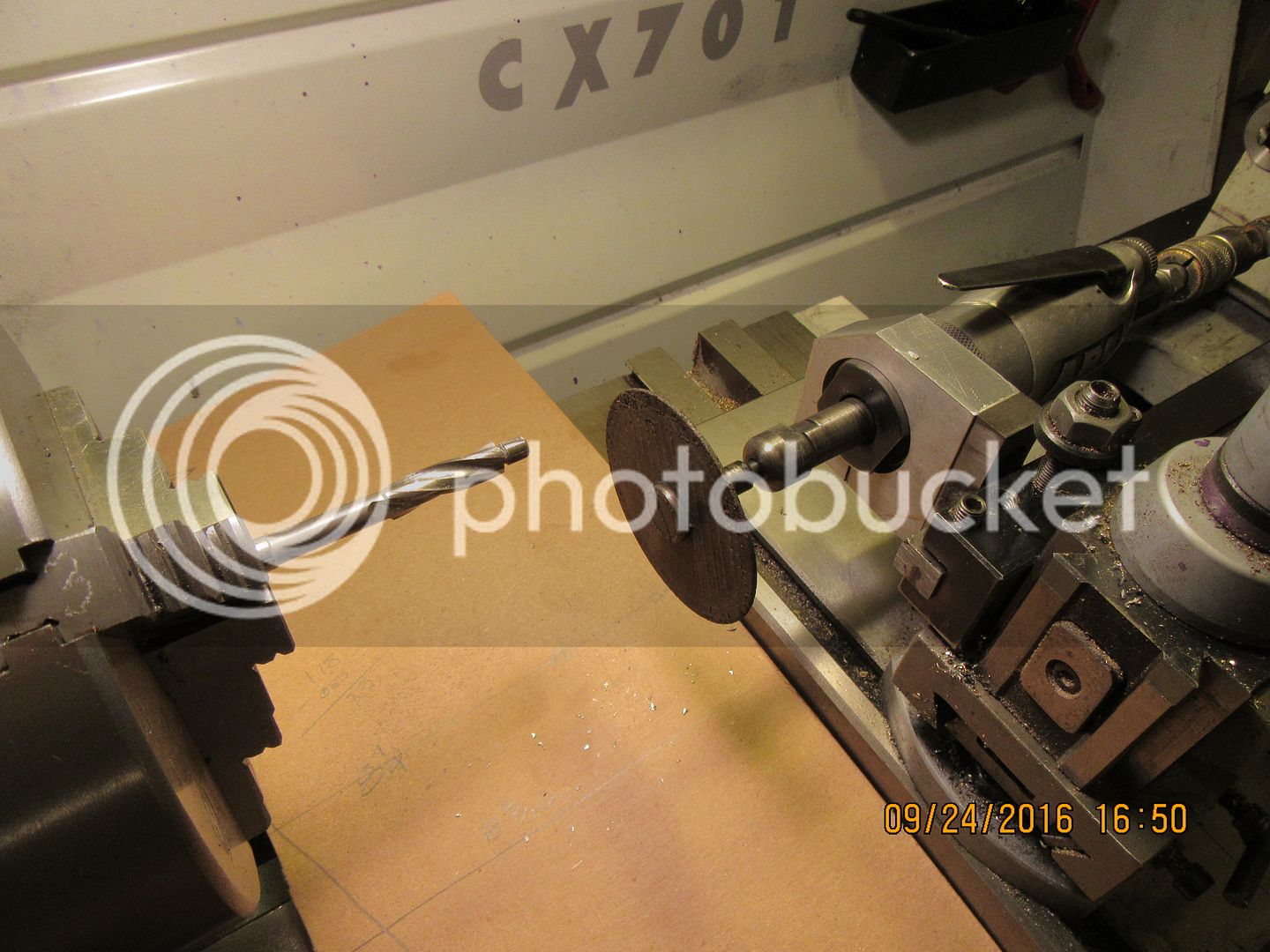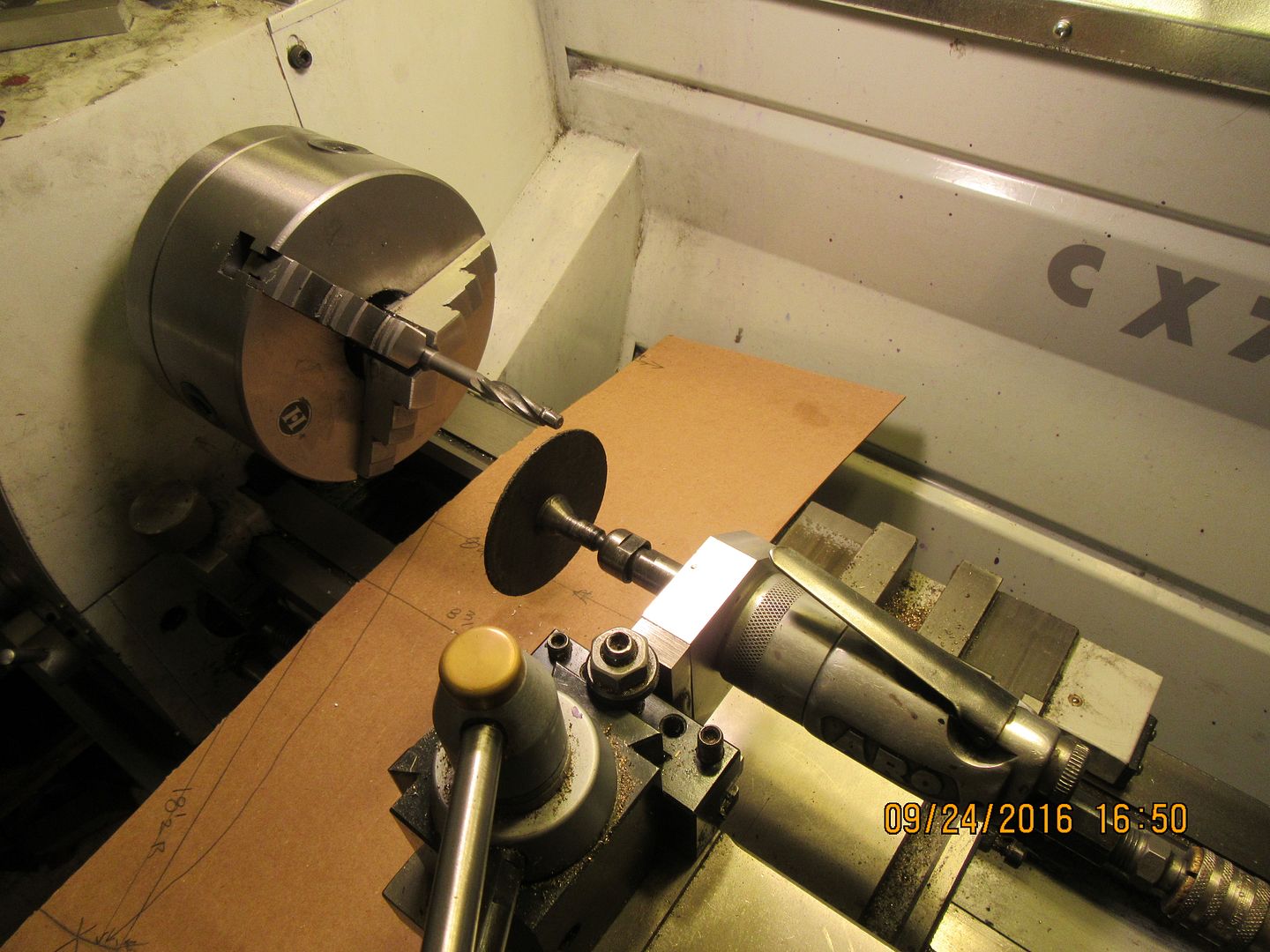For those of you who are toiling away on this build, I have a bit of advice for setting up the carburetor to run the engine. For an initial setting, open the needle valve one full turn. Set the throttle to about 1/4 of the way open. If you are lucky enough to have the engine start and run (hope--hope---) then let the engine warm up. Try screwing the needle valve in or out SLOWLY until the engine seems to be running at it's best. Back the throttle off until the engine is running at a medium idle, and set the idle adjustment screw so it prevents the throttle from closing any farther. At his point, you can start adjusting the air bleed screw. You will find that there will be a point of adjustment on the air bleed screw where the engine begins to rev faster. When this happens, adjust the idle adjustment screw to slow the engine down to it's original idle speed. Keep adjusting the air bleed screw until it doesn't change the engine rpm any farther, and lock it down there. I used the springs out of a pair of ball point pens and slipped them over both the idle adjustment screw and the air bleed screw, (captured under the head of the screws) to keep the screws from vibrating out of position. You will find that you probably have to cut the springs to the correct length.










